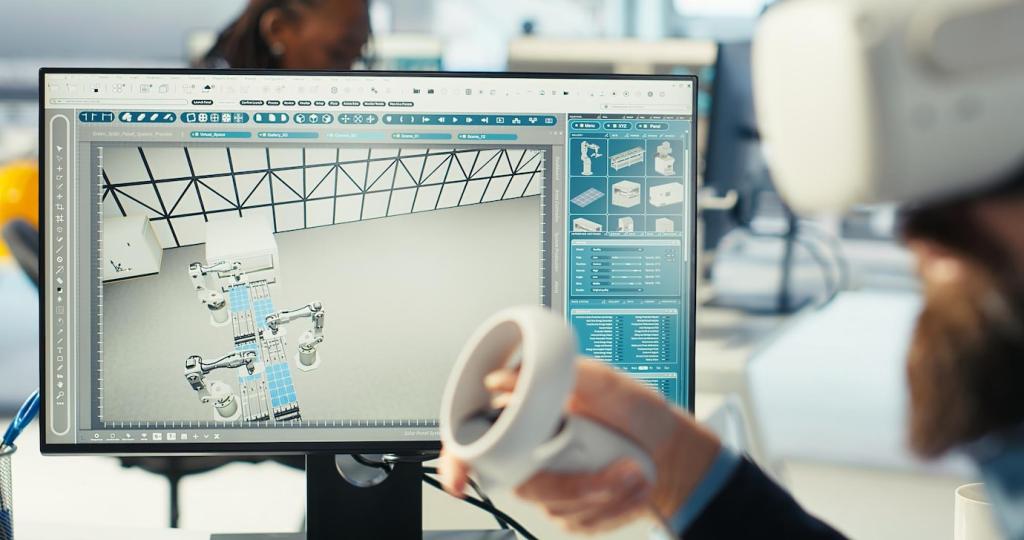Aesthetics, Storytelling, and Community Engagement
Scratches, color variation, and maker’s marks become intentional texture. Designers who frame patina as heritage shift perception from defect to delight. Recycled Materials in Modern Architecture thrive when we curate contrasts thoughtfully, letting age converse with new interventions rather than pretending everything started yesterday.
Aesthetics, Storytelling, and Community Engagement
Host neighborhood salvage drives or deconstruction tours that pair materials with future projects. These events build pride and supply while educating kids about stewardship. Recycled Materials in Modern Architecture flourish when communities see themselves reflected in the very walls, floors, and fixtures around them.
Aesthetics, Storytelling, and Community Engagement
Publish simple dashboards showing diverted tonnage, carbon savings, and reuse rates alongside photos of installed components. Ask readers to subscribe and share progress, errors, and next steps. Recycled Materials in Modern Architecture becomes a movement when learning loops are public, iterative, and celebratory.






